The buses that have kept Blackpool moving for a century
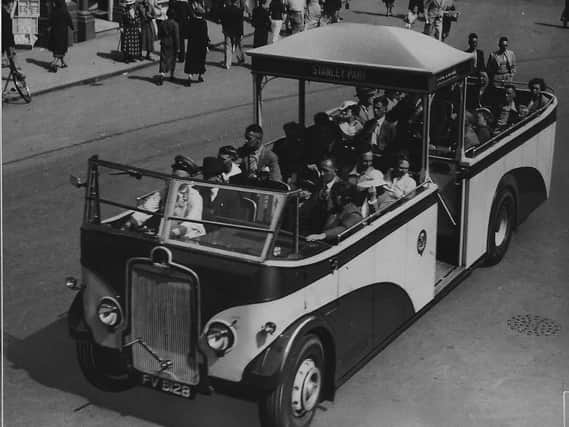

One hundred years ago today, the first bus service operated by Blackpool Corporation came into force between Cleveleys and Thornton Railway Station.
It was a 15 minute frequency with a 4d fare being charged for the full journey.
Advertisement
Hide AdAdvertisement
Hide AdTwo Tilling-Stevens petrol-electric single deck buses had been purchased, seating 20 people, and ran with front entrances to allow the fares to be collected by the driver.
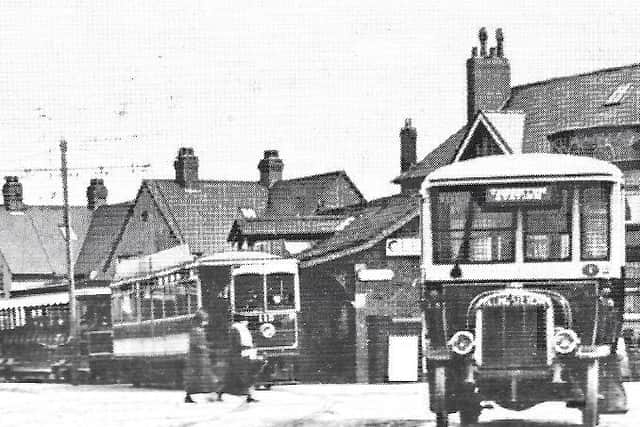

This was swiftly followed by an open top double deck bus in 1922 and the vehicles were kept in a building at Rossall.
The introduction of the service was Blackpool’s response to a proposal by the railway companies to construct a branch line from Thornton to Cleveleys and which was seen as a threat to the Corporation’s Fleetwood tramroad service.
The first bus service to operate within the Borough of Blackpool itself ran between Adelaide Place (near to the Tower) and Devonshire Road via Church Street and Caunce Street.
Advertisement
Hide AdAdvertisement
Hide AdA further single deck Tilling-Stevens bus was purchased for this service.
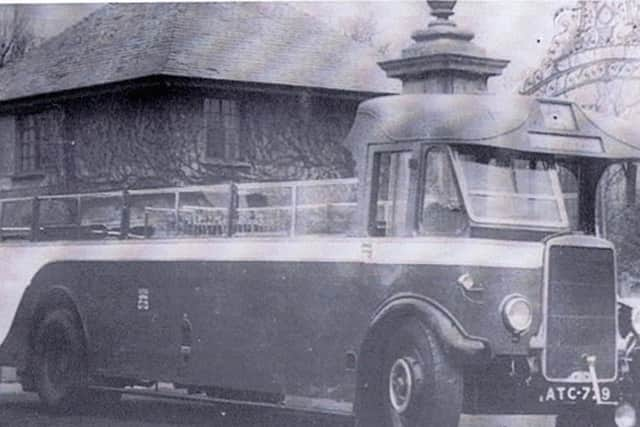

That began on December 22, 1922.
The fare between the Promenade and Devonshire Road was 1½ d.
In January 1924, a tram replacement bus service was introduced between Talbot Road and the Gynn, while track work was taking place on Warbreck Road (now the northern section of Dickson Road).
The bus service proved to be popular and was retained once the tram track work had been completed.
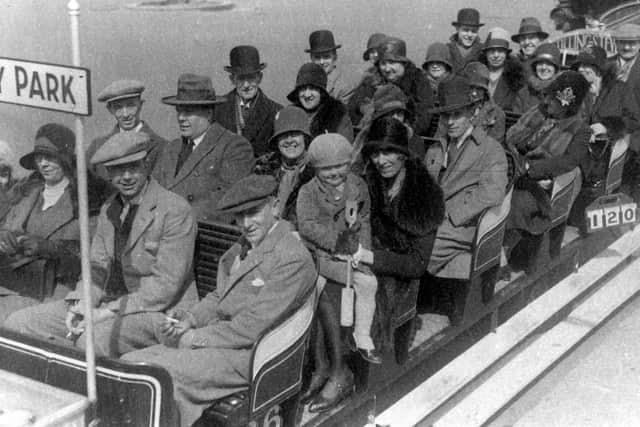

Advertisement
Hide AdAdvertisement
Hide AdThe service, which was slightly amended and ran between the Central Library and Warley Road, has existed in one form or another to the present day.
A further bus service between Adelaide Place and Forest Gate was introduced in 1924 and the Devonshire Road service was extended through Layton the following year.
By this time the bus fleet consisted of 19 front entrance single deck vehicles, mostly seating 28 people, and one open top double deck with a seating capacity of 50.
The following years saw a new batch of buses and the private bus operator William Smith’s Motor Service purchased, which operated services across the Fylde.
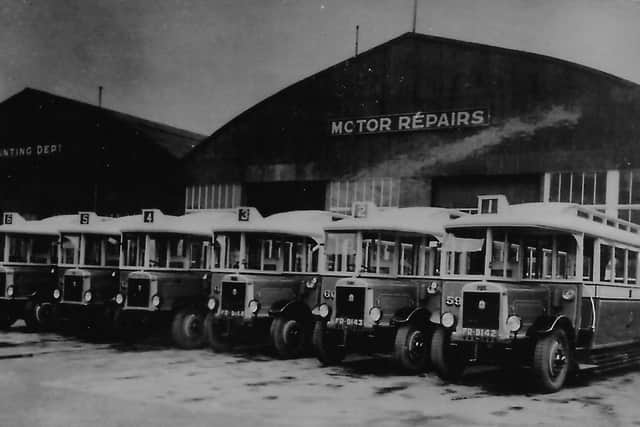

Advertisement
Hide AdAdvertisement
Hide AdPleasure bus services were introduced a year later, coinciding with the opening of Stanley Park and in 1927, the first three-axle double deckers were added to the fleet. These, however, were less than satisfactory and were withdrawn in 1933.
Until 1932, the corporation department responsible for buses and trams also managed the electricity undertaking, which at that time was owned by the local authority.
But by then it was decided that the transport side needed a complete re-organisation and modernisation.
Charles Furness, who had been overall general manager since 1906 was to remain as Borough Electrical Engineer and a new transport manager appointed.
Advertisement
Hide AdAdvertisement
Hide AdThe new general manager, Walter Luff, became head of Blackpool Corporation Transport Department on 1st January 1933.
Luff produced a five-year plan to re-vitalise the transport department and is perhaps best known for his introduction of 116 centre entrance streamlined trams.
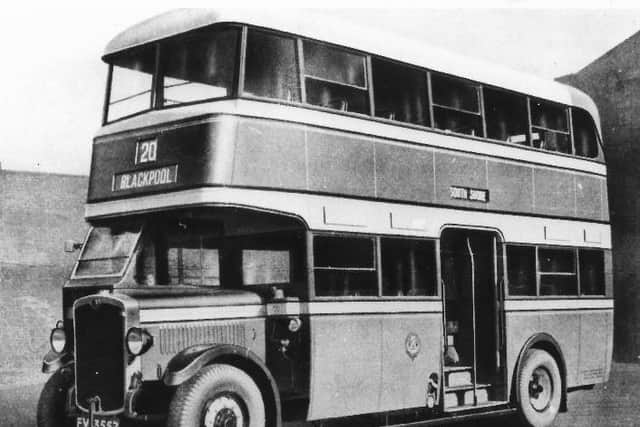

The bus operation, which had never paid its way, received similar attention and a fleet of modern centre entrance buses, mostly double deck on Leyland chassis with either English Electric or Burlingham bodies, entered service from 1933 with fleet numbers 78 to 89.
As part of Walter Luff’s modernisation plan, the red livery of the buses and trams was replaced by green and cream.
Advertisement
Hide AdAdvertisement
Hide AdSix open top single deck buses were purchased in 1935 for use as ‘runabouts’ on the Promenade to Stanley Park service.
These buses were most unusual in that they had a central canopy into which the destination indicators and bells were fitted, not unlike on the open ‘boat’ trams, gaining the nickname ‘gondolas’.
In 1935, licences were granted to both Blackpool and Lytham St Annes Corporations to operate a joint bus service between Blackpool and Lytham.
The route (number 11) ran from Adelaide Place to Halfway House via Central Drive and St Annes Road and then continued along Blackpool Road (which was closed when the runway at Blackpool Airport was extended during the war). Around this time Blackpool offered to purchase the Lytham St Annes branch but this was rejected and it was to be almost 60 years before Blackpool’s ambitions were finally realised.
*Next week we look at how the bus service has developed over the last few decades.